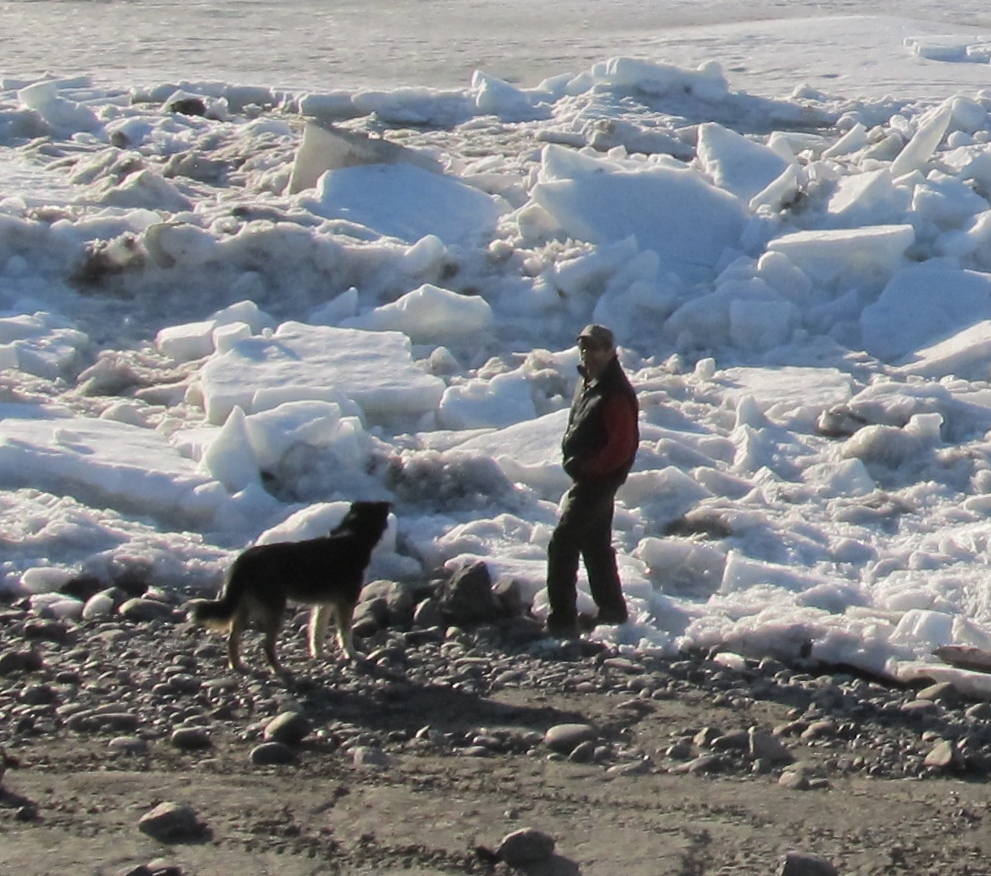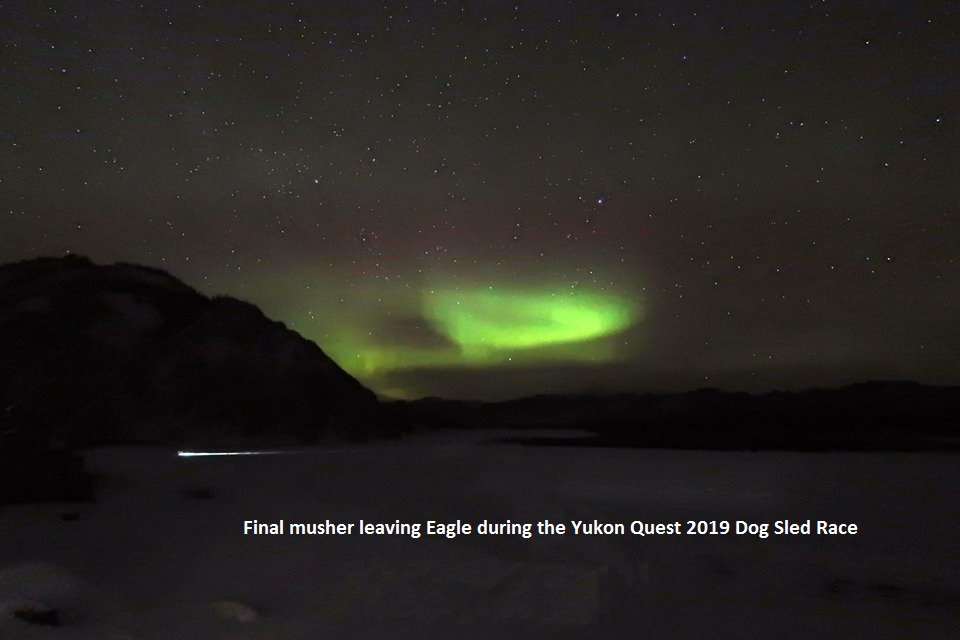February 26
I NEVER QUITE EXPECTED THAT
(Quick note: I am NOT a veterinarian, just a volunteer at one of the Yukon Quest checkpoints ;) This is a little longer post, but it is about dog care - a sometimes controversial subject - during the most grueling sled dog race in the world. If you're at all curious - or skeptical - about that sort of thing, you might find it interesting. If not, you can just enjoy the pics 😉)
THE FIRST TIME I EVER WITNESSED FIRSTHAND A RACING SLED DOG TEAM COME IN OFF THE TRAIL...was around 11PM on the night I got to Eagle. It wasn't one of my volunteer shifts yet, but I stayed up at the checkpoint to see the leading teams come in. First was three-time Quest champion, Allen Moore, and his canine teammates from SPKennel. I was so very excited to finally get to see these dog teams - some of the best in the world at what they do - actually come in off the trail in person!
I'VE BEEN FOLLOWING THIS SPORT FOR YEARS...and by this time I had seen literally hundreds of short video clips of dog teams arriving at checkpoints in the Iditarod, Quest and other races. But I still was not really prepared for what I experienced at the Eagle checkpoint, and I am still in awe. Before I go into that, however, here's a little background.
BEFORE THE RACE EVEN STARTS...race rules require that every dog (around 500 of them!) be thoroughly examined from nose to tail by Quest-approved veterinarians to ensure they are fit for the challenges ahead. Once out on the trail, there were 14 veterinarians and 4 vet techs, broken up into teams of their own, that met the dog teams at every checkpoint (plus five additional vet stations) along the trail.
RACE RULES REQUIRE MANDATORY VET CHECKS...for every dog at certain checkpoints, so that by the end of the race every dog was thoroughly examined (including taking urine samples!) at least six times. And just like in human sports, performance-enhancing and pain-masking substances are banned. I don't believe there are any human doctors that follow along the trail from checkpoint to checkpoint, but there are a LOT of veterinarians!
AS SOON AS DOG TEAMS ARRIVE AT THE CHECKPOINT...the mushers get to work tending their dogs and the veterinary teams get to work as well, listening to hearts and lungs, checking wrists and shoulders for soreness, checking pads for abrasions or splits, checking body condition and hydration, and checking with the mushers to learn of any concerns. (Vets also take urine samples later in the dogs' stay.) And it happened this way from the first dog team to arrive at the checkpoint to the last one to leave. Estimates are that each veterinarian will spend over 200 hours during the course of the race examining and caring for the dogs. The vet teams end up almost as sleep-deprived as the mushers!
THE VET TEAMS TRAVEL EQUIPPED TO HANDLE EVEN EXTREME EMERGENCIES...and are fully prepared to run IV's, administer drugs, and even do surgeries if needed. Each musher has a "vet book" for their team that has veterinarians' notes for each dog. The vet team makes notes in the book for each dog after every examination, and the vet book must be signed by the veterinarians and presented by the musher at each successive checkpoint. This ensures that all pertinent medical information passes "down the trail" for consistent oversight of the entire dog team's health and performance. Veterinarians also talk by phone to their peers at other checkpoints up and down the trail to discuss any concerns they might have.
THROUGHOUT THEIR CHECKPOINT STAY, MUSHERS COULD ALSO OFTEN BE FOUND KNEELING IN THE STRAW...beside their napping dogs, applying foot ointment, massaging shoulders, wrists, feet, and ankles, and rubbing massage oils into tired muscles to keep their dogs limber and comfortable as they run. The dogs may also rest with neoprene wraps around their wrists and/or shoulders to prevent swelling. And when they prepare to leave, mushers again re-booty their dogs and also put on any extra "clothing" according to each dog's individual needs. This might be a jacket for dogs with thinner coats, or a fur ruff for the boys (see the pics) or leggings to prevent what mushers call "chicken legs." (See the pics.)
SO AFTER WATCHING THIS PROCESS OF CARE PLAY OUT AS TEAM AFTER TEAM CAME AND WENT...what struck me most was the bond. The deep, mutual and obvious bond of trust, not just between each musher and their team as a whole, but between each musher and each of their individual dogs. Bonds like that only develop through long hours of companionship and care, long hours spent traveling the trails and weathering the storms together. Long hours - and miles - of taking care of each other.
THESE MUSHERS KNOW AND CARE FOR THEIR DOGS...in ways (to be frank) that far exceed what the vast majority of pet owners ever experience. And the veterinarians came right alongside the mushers as partners in support of that bond of mutual care and trust, as partners in the endeavor to provide the best care possible for these amazing athletes. They didn't just take care of these dogs, they loved - and loved on - these dogs. I never quite expected that. And I am still in awe of it.















